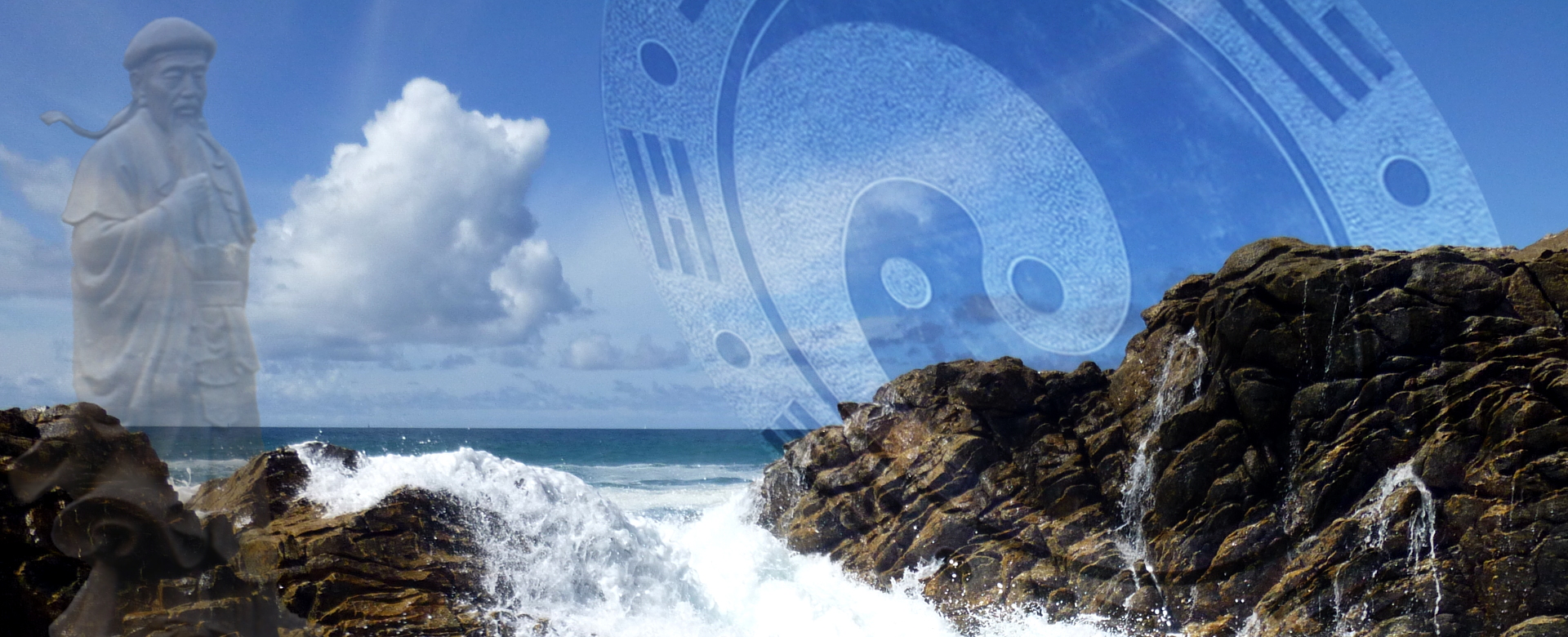The History of Qigong

By Dietmar Stubenbaum
Health exercises to expend life have their roots in old Chinas history. They were mostly used in the philosophical and religious schools of Daoism, Confucianism, Buddhism, in different martial arts and in Chinese medicine.
"Qigong" is the modern term we use today - translated as exercises to lead the qi - and this name cannot be found in the old classics and documents.
Early testimonies of the ancients emphasized the importance of exercises to maintain and feed the qi like in the old texts of Mengzi (philosopher of the Confucianism) or in the "Huangdi Neijing" (the emperors classic of internal medicine).
Excavations during the last years in the province Hunan in China (the grave of Mawangdui) brought to daylight historical and archaeological proofs of existence (168 BC) of old health benefit exercises. In 1934 a book was published in Hangzhou called "Qigong Liaofa" (usage and methods of qigong). At this time the term "qigong" was well known.
Years later, Mao banned all methods to maintain life during the cultural revolution as a feudal relict. In the seventies a reformation of the health system lead to the freedom to practice Qigong and since then the term Qigong became famous and widespread.
There had been a real wave of qigong in the eighties in China, where many people created own systems but also came back to the old classics. Needless to say, that in turn with the rise of qigong many self-made masters came up with their dubious methods, in China as well as in the rest of the world.

